The Story of Japanese Green Tea
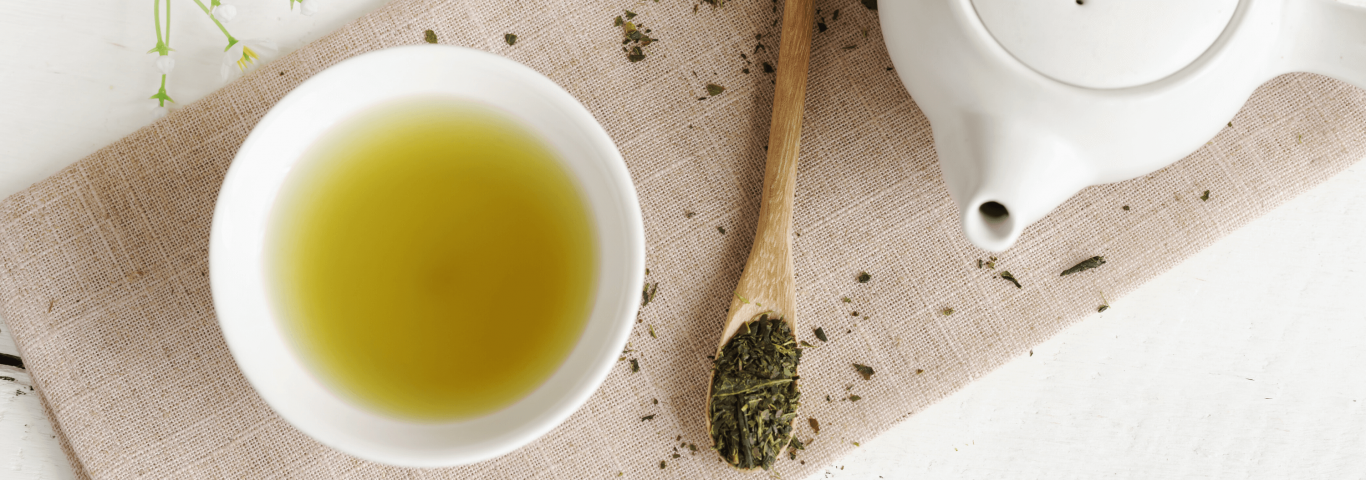
The Art of Japanese Green Tea
Green tea is the tea leaf in its purest form, manufactured by preventing oxidation of the fresh leaves and hence preserving its natural green colour. Since its first invention in China many centuries ago, green tea has become ever popular all over the world due to its renowned health benefits and reviving taste.
Green tea offers various different leaf styles and distinct flavour characteristics. Although green tea will be left to wither to reduce its water content, oxidation is avoided through the use of heat, which kills the enzymes.
Steaming and pan-firing are the two main methods used to stop oxidation, each producing a tea with a different character. Sometimes the rolling is done by hand, creating distinct shapes such as the little pellets of China Gunpowder tea. Or in Japanese teas they are typically machine rolled to flatten the leaf. Finally, the tea leaves are dried until the water content reaches 5-6%.
To many people Japanese tea is much more than a beverage and commands universal respect. Around the year 794, tea travelled to Japan and was introduced by a Buddhist monk – Saicho. Due to the complicated nature of relations between China and Japan, tea did not stay in favour for long. It was until Monk Eisai in 1191 firmly established tea in Japan, after studying Buddhism in China and then setting up first proper tea plantations. He also wrote the first Japanese book on tea – Kissa Yojoki.
Most Japanese teas fall in the non-oxidised, green tea category and undergo steaming in the initial stages of the processing to stop all oxidation. Japan produces about twenty different types of tea, the most famous of which is Sencha, accounting for roughly 80% of Japan’s tea production.
The other main types of Japanese teas include Bancha (2nd flush tea from late summer and autumn harvests), Hojicha (roasted tea), Genmaicha (Sencha or Bancha mixed with roasted brown rice and popped rice), Kabusecha (semi-shaded tea), Tamaryokucha (dehydrated tea, reminiscent of Chinese ‘curled’ green teas), Gyokuro (shaded tea and the highest grade of tea produced in Japan), and Matcha (powdered tea).
Shading is a cultivation technique unique to Japan and consists of limiting the amount of sunlight that reaches the newly growing tea leaves, usually by erecting special canopies over the tea bushes.
The result is a greener leaf with less astringency (bitterness) and more umami (savoury) notes. In general, the more umami a tea has, the higher grade it is considered to be in Japan.
The main difference between Kabusecha (or ‘shaded tea’) and Gyokuro (also known as ‘precious dew’), is that Kabusecha is shaded for about two weeks, whereas Gyokuro for nearly three weeks in two consecutive stages. However, the resulting teas differ significantly in flavour and quality, making Gyokuro a highly desired and respected tea. This high demand tends to make it a ratherexpensive tea, but it is absolutely worth it.
Japan Sencha
Sencha often comes from Shizuoka – the most tea-growing prefectures of Japan making up about 40% of the country’s tea production. Sencha, which means ‘infused tea’, is the most popular grade it has thin straight needle like leaves tea which is steamed, rolled and dried – it is always a blended tea, a combination of aracha, carefully chosen by an expert tea blender. This is a highly skilled art form, often compared to a perfumerie – part natural ability and part learned skill.
Sencha must be steeped carefully in 70 ℃ and infused for no more than 2 minutes to develop a robust and vegetal “green” flavour and a vibrant grassy and bright aroma. It is traditionally prepared using the Senchado brewing method and often sipped from small cups or bowls. It is a fantastic accompaniment to savoury snacks. In fact, tasting something savoury before drinking Sencha helps to emphasise the natural sweetness of the tea.
The health benefits of Sencha have become well known in the last 10 years. This Japanese green tea is low in theine but incredibly rich in Vitamin C, and it is an excellent choice both during and after meals, as it is believed to aid digestion. The world of Japanese green teas is a complex and rich one, full of many different grades, traditions, rich culture and intricate ceremonies. A good quality Sencha tea offers an enticing glimpse into this world with its fresh and vibrant flavour. Brewed correctly and eaten with the right foods, it can provide a fabulous culinary experience or it can be asimple moment of revival and focus, with the purest of taste.
Camellia’s Sencha Teas
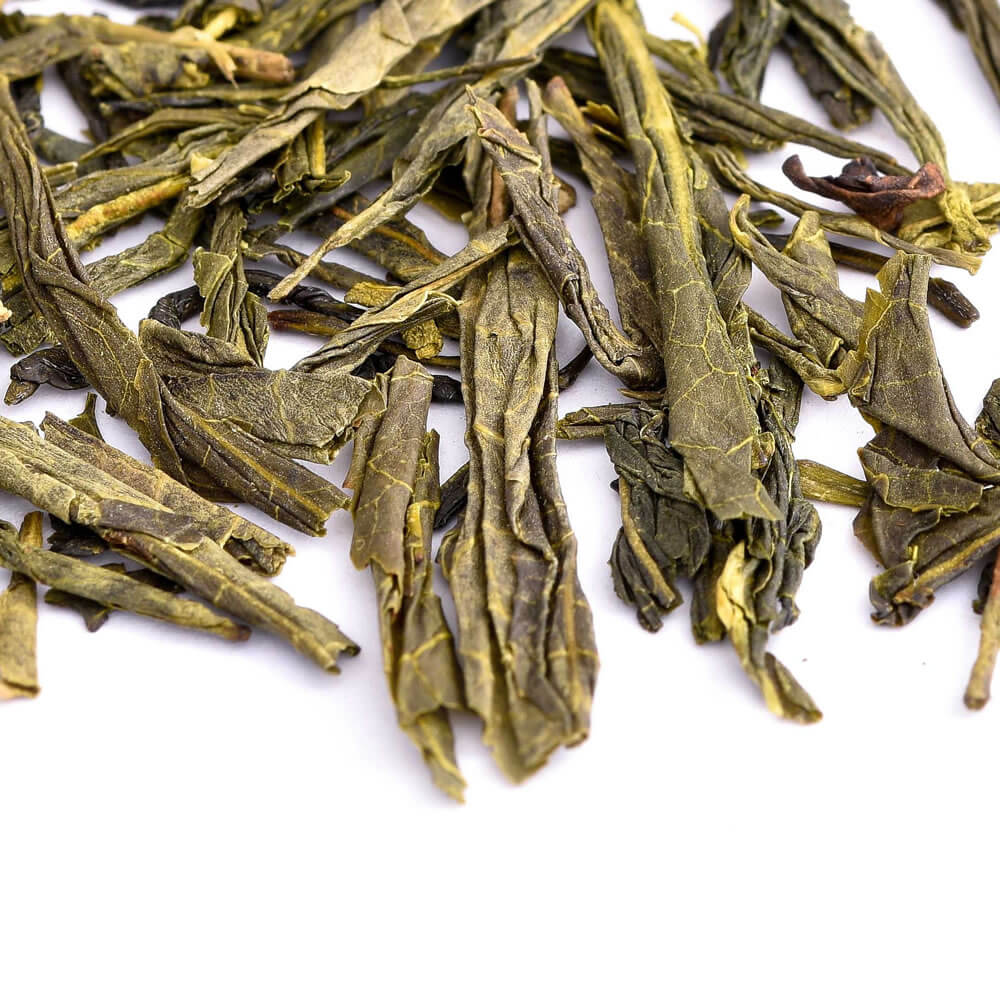
Sencha, which means ‘steamed tea’, is by far the most popular tea in Japan. It has a tender and sweetish note, which will appeal to everyone’s taste!
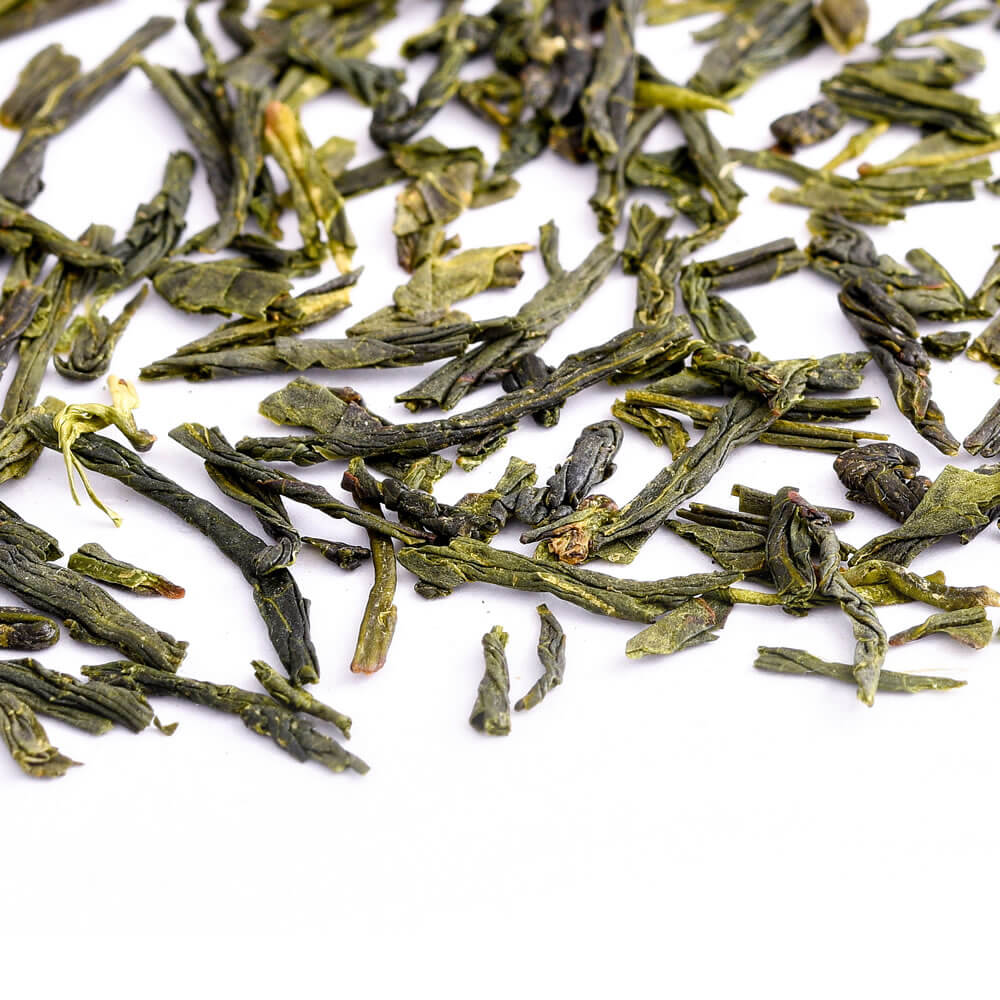
This particular organic green tea is grown in semi shaded conditions which creates the very highest quality green tea. The tea is picked in July and offers a pale golden-green cup with a light and pleasantly tangy flavour, the aroma reminiscent of freshly cut grass and sea breeze.
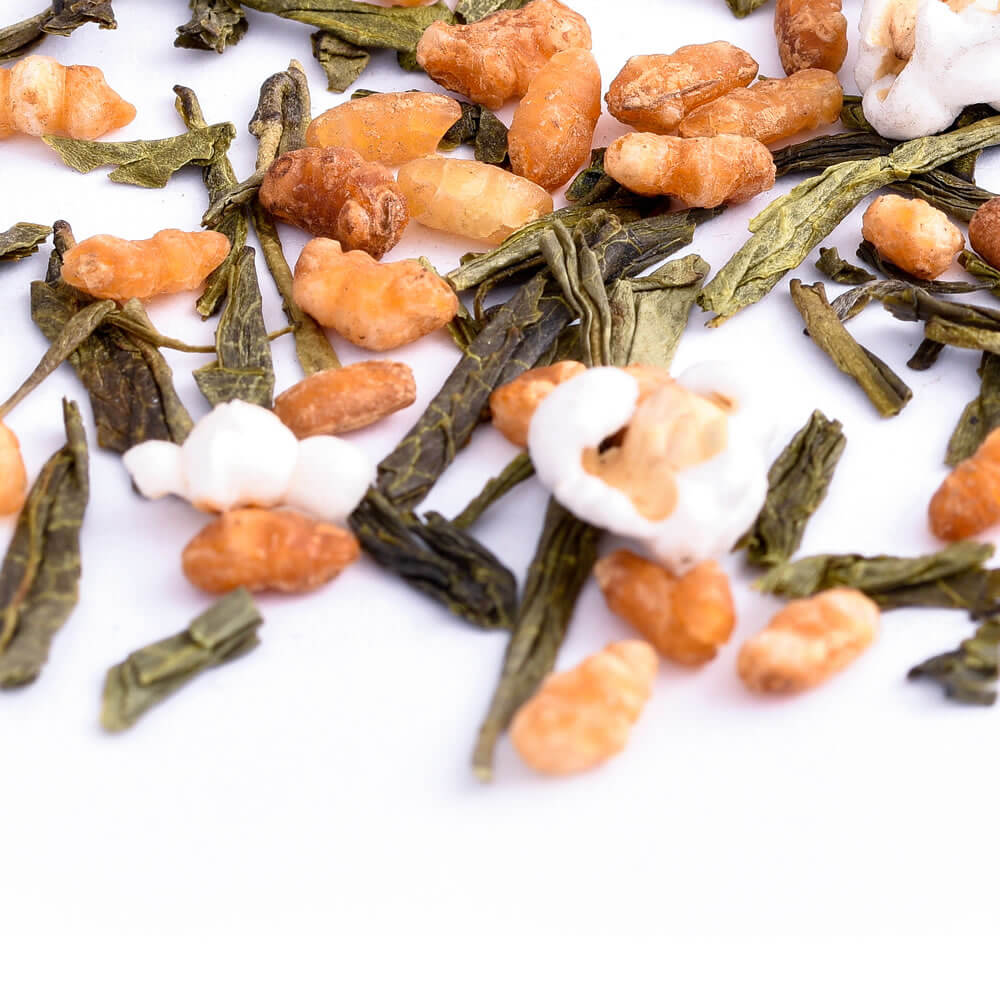
Genmaicha, or ‘rice tea’, is a combination of green Sencha, roasted grains rice and popped rice. This distinct Japanese tea has bright golden infusion and nutty, slightly savoury flavour.
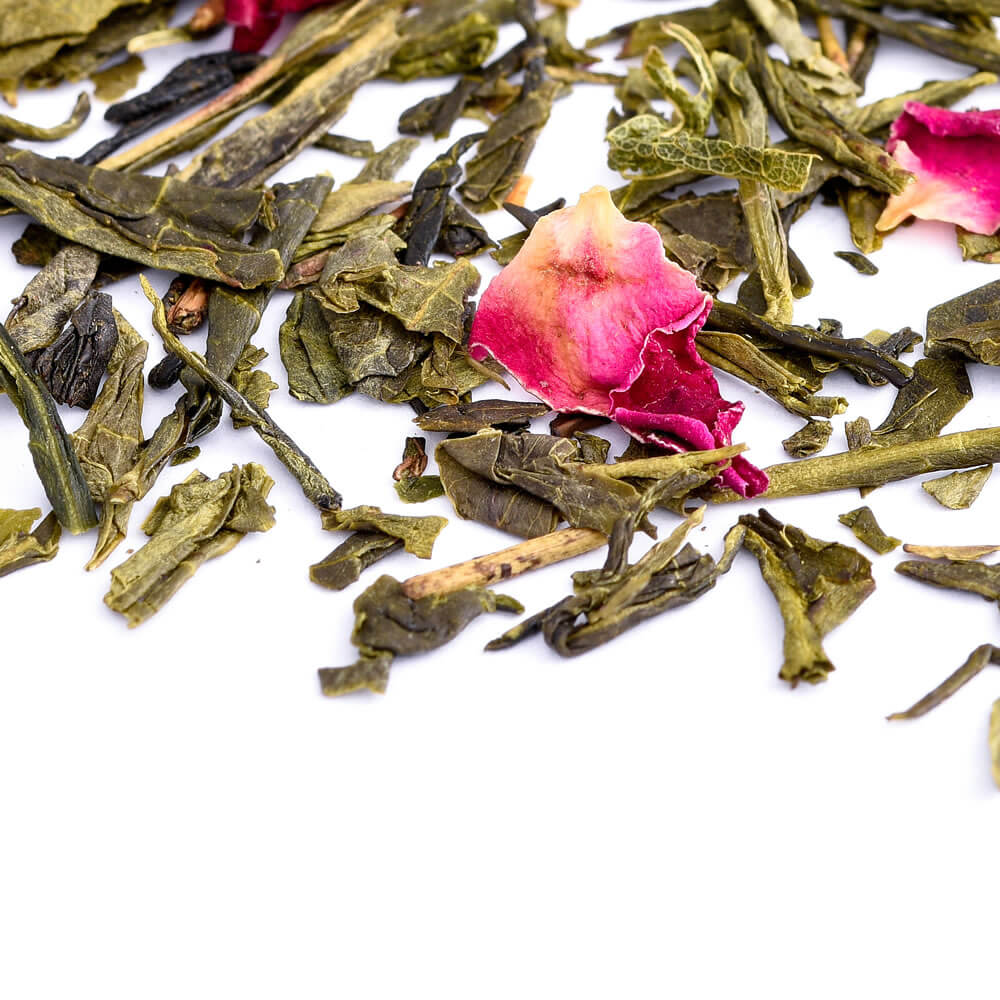
This is a delicious Japanese Sencha which is blended with peony flower petals, rose petals and cherries to produce a beautifully balanced tea with a distinctive cherry undertone.
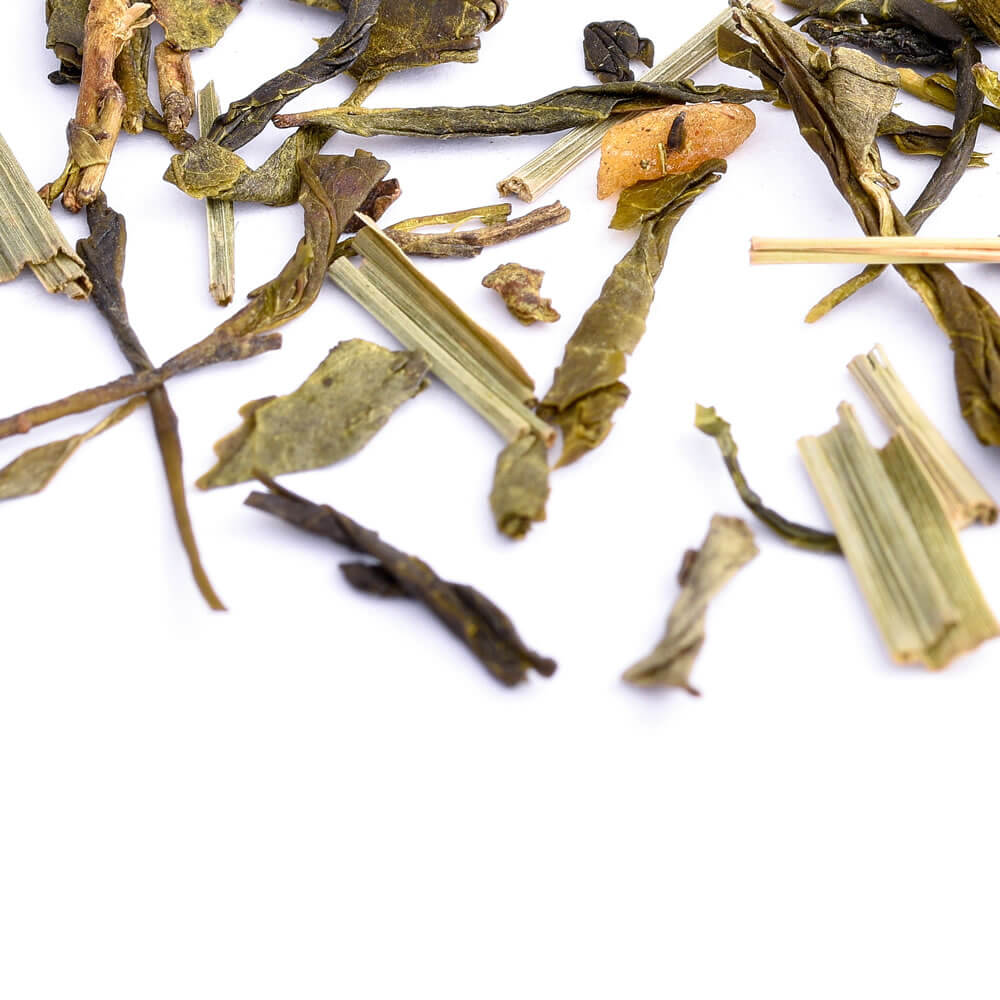
A tea with a kick! Japanese Sencha green tea is combined with lemon peel and lemongrass to produce a wonderfully zesty green tea which makes this a must for any green tea enthusiast.
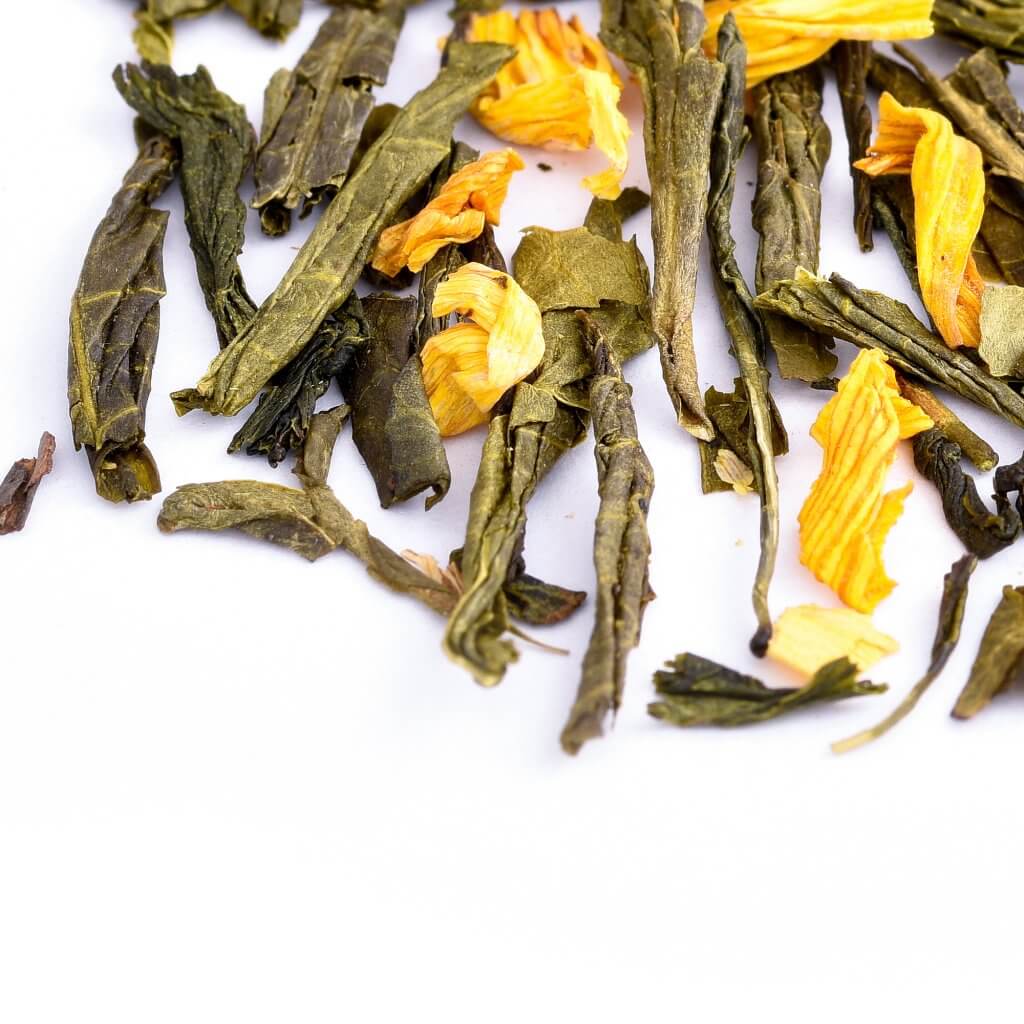
This tea captures the flavour of the summer with its sweet and aromatic taste of ripe peaches. A mild tasting Japan Sencha is infused with peach essence and sunflower blossoms to create a delicious and attractive looking tea.
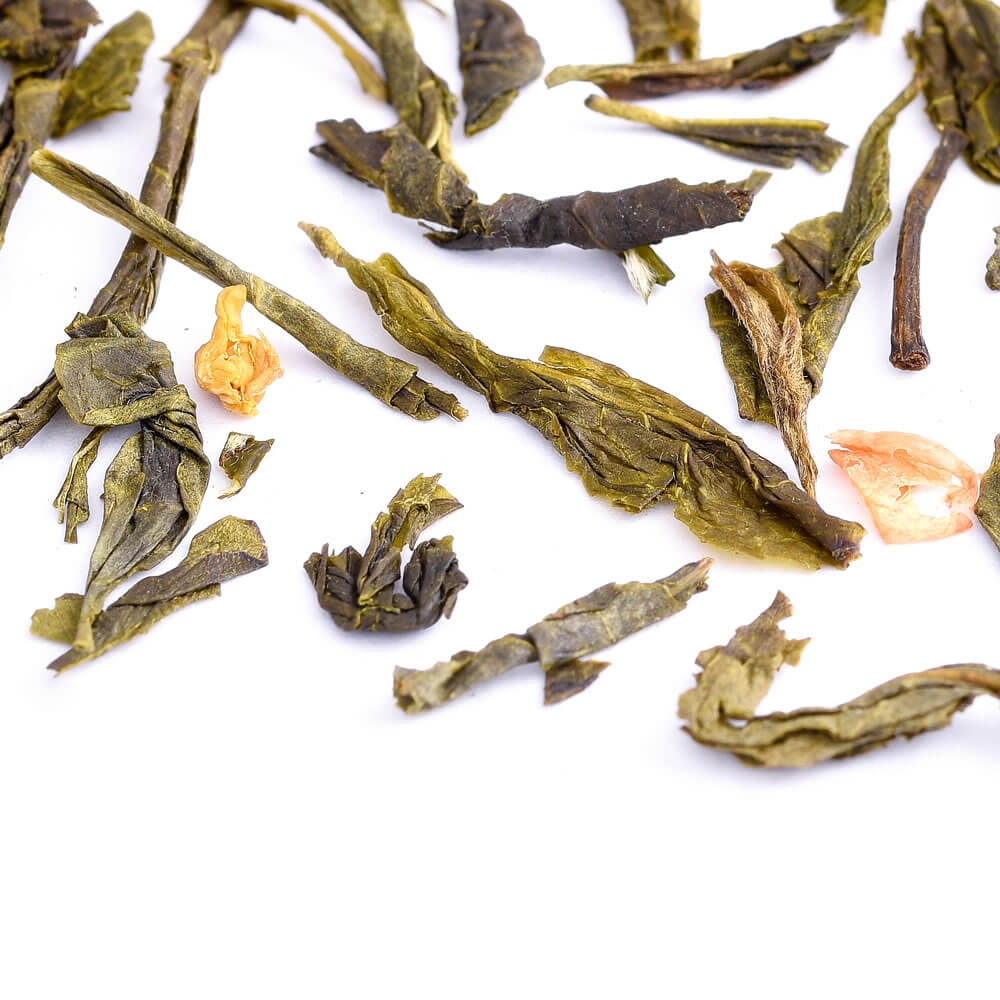
An alluring blend of Japan Sencha and the essentially British flavour of Earl Grey tea. The two combine and complement one another fantastically, providing a classic green tea flavour with the sweetness and citrusy aroma of bergamot oil.








COMMENTS